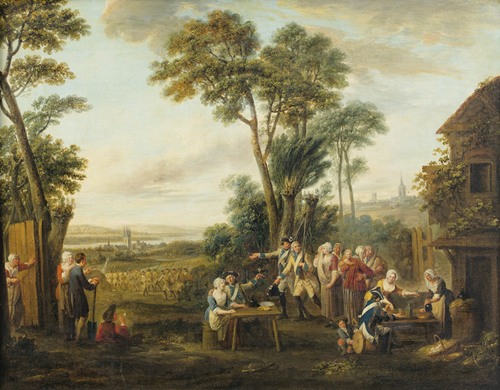
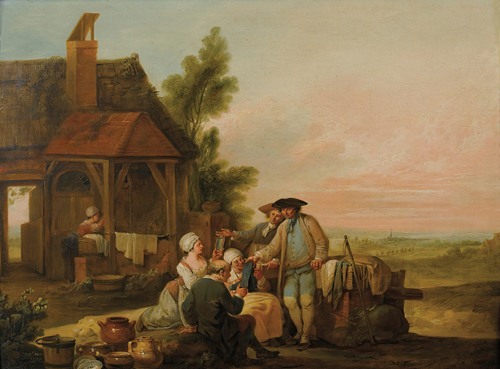
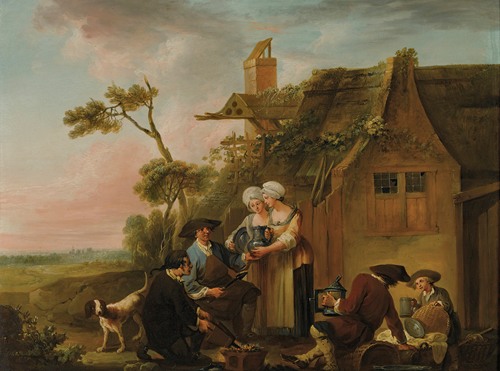
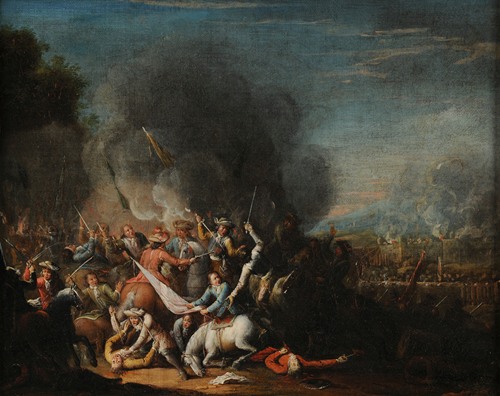
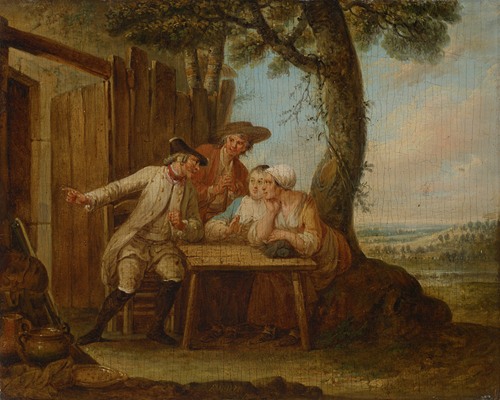
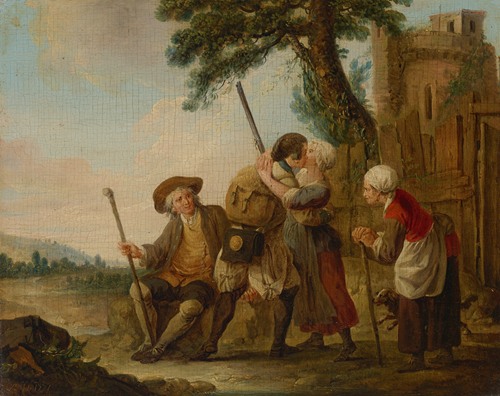
Louis Joseph Watteau, known as the Watteau of Lille (a title also given to his son) was a French painter active in Lille.
Watteau was born in Valenciennes. His father Noël Joseph Watteau (1689-1756) was brother to Jean-Antoine Watteau, the painter of fêtes galantes, and he was himself father to the painter François Watteau.
He played a decisive role in the foundation of what would become the Musée lillois des Beaux-Arts, opened in 1803, by producing the first ever inventory of paintings confiscated by the state during the French Revolution.
He died in Lille, aged 67.





